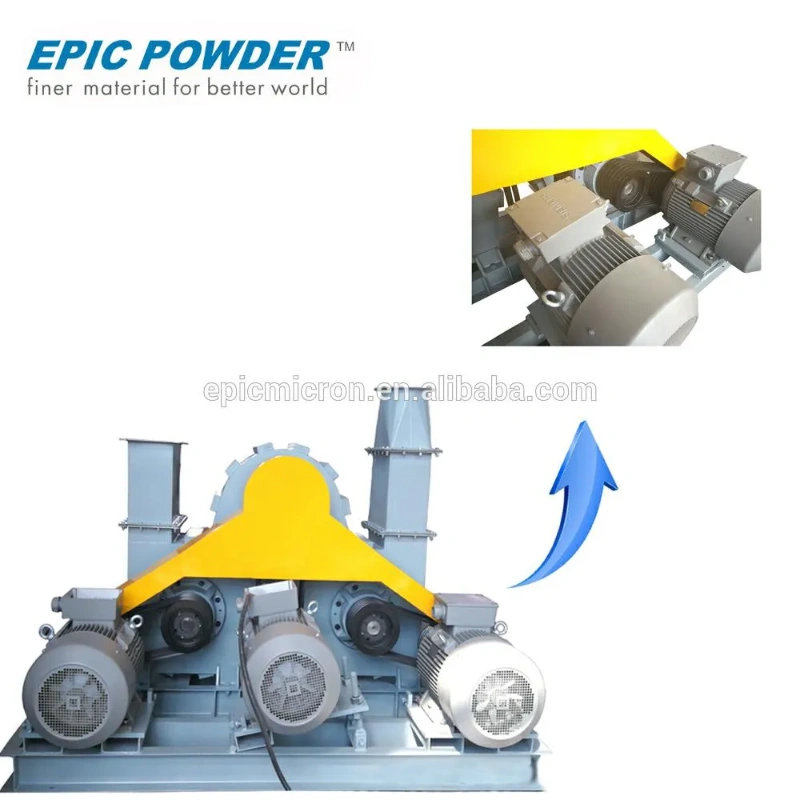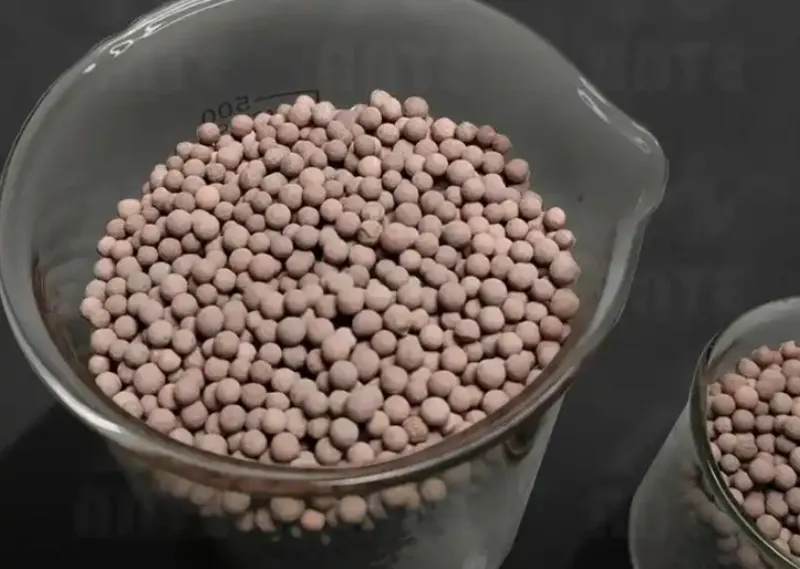Attapulgite presents a unique one-dimensional rod-crystal morphology. Its crystals consist of silicon-oxygen tetrahedral sheets and magnesium (aluminum)-oxygen octahedral sheets. Inside the rod crystals, there are regular pore channels. This special microstructure gives attapulgite many excellent properties. The rod crystals interweave and form a fibrous aggregate. At the macroscopic level, it shows good flexibility and plasticity.

Physical and Chemical Properties
Adsorption:
Attapulgite has a large specific surface area. It shows strong adsorption ability. It can effectively adsorb organic molecules, heavy metal ions, and gas molecules. Under the same conditions, it can adsorb 30%–50% more pollutants than traditional adsorbents.
Colloidal properties:
In water, it forms stable colloidal dispersions. It has good thixotropy and suspension. This property is crucial in coatings and drilling mud. It improves rheological performance significantly.
Ion exchange:
The cations in the crystal structure can exchange with solution cations. This feature is useful in soil improvement and wastewater treatment. It helps regulate soil pH and removes harmful ions.
Chemical stability:
Attapulgite has good chemical stability. It does not easily react in normal acid-base environments. It can withstand some high temperatures. This makes it suitable for complex industrial environments.
Modification of Attapulgite

The unique structure and properties give attapulgite high application value. However, crystal structure limits its adsorption performance. Therefore, after purification, surface modification is necessary. This process increases surface area, surface charge, and pore size. As a result, adsorption and carrier properties improve.
Application Fields
Environmental Protection
- Water purification:
Strong adsorption removes heavy metals, organic pollutants, and odors. It can remove over 95% of lead ions from wastewater. - Air purification:
It can make air-purifying materials. These absorb harmful gases (formaldehyde, benzene, SO₂) and particulates. When combined with activated carbon, formaldehyde removal improves by about 20%. - Soil remediation:
It regulates pH, improves soil, and adsorbs contaminants. Adding attapulgite reduces crop uptake of heavy metals by 30%–40%. This ensures food safety.

Chemical Industry
- Catalyst carrier:
High surface area and stability make it an ideal catalyst carrier. It supports many active components. In methanol-to-olefin reactions, olefin selectivity improves by more than 10%. - Adsorbent:
It refines and purifies chemical products. For example, attapulgite clay decolorizers dominate edible oil refining. They show better performance than traditional agents. - Rubber and plastic additive:
It improves mechanical strength, heat resistance, and aging resistance. It also reduces production cost. Adding 5%–10% attapulgite increases rubber tensile strength by 15%–20%.
Agriculture
- Feed Additive: Rich in trace elements (such as iodine, zinc, and selenium), it supplements the nutrients needed for animal growth. Its adsorption properties also help regulate the balance of the animal’s gastrointestinal microbiome, improve animal immunity and feed utilization, and reduce antibiotic use. Adding an appropriate amount of attapulgite to livestock and poultry feed can reduce animal disease incidence by 20%-30% and increase weight gain by 10%-15%.
- Fertilizer Enhancer: It absorbs nutrients from fertilizers, reducing nutrient loss, enabling a slow release of nutrients, and improving fertilizer utilization. When used in combination with conventional chemical fertilizers, it can increase fertilizer utilization by 15%-20%, reducing fertilizer application rates and reducing agricultural non-point source pollution.
- Soil Conditioner: It improves soil aggregate structure, increases soil water and fertilizer retention, and promotes crop root growth. Using attapulgite soil conditioners in sandy soils can increase soil water retention by 30%-40%, significantly boosting crop yields.
Other Applications
- Building Materials: Attapulgite can be used in the production of insulation materials, fireproof materials, architectural coatings, and other products, improving their performance. For example, adding attapulgite to insulation materials can reduce their thermal conductivity by 10%-15%, enhancing thermal insulation. Adding it to architectural coatings can improve scrub resistance and mildew resistance.
- Daily Chemicals: It can be used in cosmetics (such as lipstick, foundation, and lotions) and detergents to improve product texture, stability, and functionality. Adding attapulgite to lipstick can make it more delicate and last longer. Adding it to detergents can enhance its detergency and anti-redeposition properties.
- Papermaking: As a filler and coating for paper, it can improve paper strength, whiteness, and printability, while reducing production costs. Adding an appropriate amount of attapulgite to paper can increase its tensile strength by 10%-15% and its whiteness by 5-8 percentage points.
Conclusion
Researchers are exploring attapulgite’s rod-crystal and pore-channel structures. They are constructing advanced nanomaterials with precise, targeted functions. These new materials will serve in adsorption, catalysis, and composites. Future research will advance high-value applications of attapulgite. The industry will move toward higher-end materials. This will enhance product value, upgrade the industry chain, and support sustainable development.
